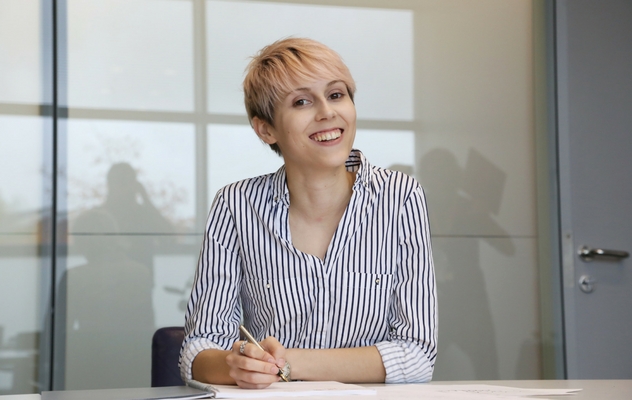
Currently, the UK has the lowest proportion of women in engineering of any European country, with females accounting for just 10% of roles and 14% of engineering university places.
As part of this small cohort of female engineers, it seems as if thousands of skilled, innovative and talented women aren’t even considering engineering as a career. This should be a concern for employers, particularly when considering the extent of skills shortage currently affecting STEM sectors, along with the myriad benefits that a diverse workforce can offer.
But why is improving diversity so important and what can employers actually do about it?
Benefits of diversity
The benefits of a diverse workforce are numerous and well documented. Forbes, for example, has found that close to 85% of large global enterprises believe that workforce diversity is critical in driving innovation and that teams with equal numbers of men and women generate on average 41% more revenue for their employer. I could go on, but you get the idea.
Every person holds a different set of experiences, perspectives and ways of identifying solutions to problems. We all have a different view of the world – the more ways we can perceive a problem, the higher the likelihood that we can solve them. Very few industries rely on individual genius to drive them forward. Instead, most STEM fields are based on teamwork to some degree, which means that having this range of attitudes is critical to success.
Professor Scott Page is just one of the many commentators who has suggested that scientific progress often results from having diverse perspectives. He found that when a group of intelligent people are brought together to solve problems, it’s the diversity of the problem solvers that is usually more important than individual ability.
Homogenous views
Put simply, a team of like-minded engineers, mathematicians or scientists, all with the same backgrounds and who have faced similar challenges, will not be as effective as a team with diverse ways of thinking. A homogenous workforce creates homogenous solutions that are most likely only relevant to people within their social and cultural group.
Equally importantly, focusing on diversity will also help to tackle the ever-growing skills shortages impacting the STEM arena, which commentators such as Wired have described as a 'national crisis'.
Having a workforce that’s 90% male means that firms are likely to be recruiting from a much smaller talent pool than they potentially could be. After all, it’s hard to develop the best workforce when almost half of it is missing out.
The solution
What can be done to solve the lack of diversity within engineering and STEM as a whole?
Firstly, employers can’t just bolt diversity on to their HR agenda, add it to their corporate website and expect it to work. They need to foster a culture of inclusivity – yes, it sounds like a cliché but it’s true – in order to make it a reality. That doesn’t mean targeting women in different ways or being ‘softer’ with them than you would for men, but instead, it’s about creating an environment where women feel happy to work and are encouraged to suggest alternative solutions to problems.
Secondly, young women need to be made more aware of the opportunities available to them. The reason careers such as hairdressing, for example, are so popular is because the media is full of women working in these types of roles. What is notably absent are the portrayals of women in successful, high-power careers like engineering.
Here at MBDA, we recently held the final of our annual Robot Rumble competition which challenges schools to put together teams that can design and build a functioning robot. We receive interest from girls who may previously have never had any sort of interest in STEM and, ultimately, this is all it takes. If young women knew what an engineering career could really involve, they’d be considerably more interested in moving forward with it.
Other companies like International Women in Engineering Day highlight the full scope of engineering roles on offer and it’s an example that more employers should follow.
Find out more
A career in engineering is exciting, rewarding and creative and yet there is a big shortage of engineers entering the workforce. The Year of Engineering aims to inspire the next generation and show young people what a career in engineering is actually like.
About the author
Jamie D’Ath is a mechanical engineer at MBDA, one of Europe’s leading defence companies. Jamie was also shortlisted for the Young Female Engineer of the Award in 2017 and was awarded the Mary George Memorial Prize for Apprentices.
She has also been featured in Cosmopolitan, The Guardian and Huffington Post in recent months.

